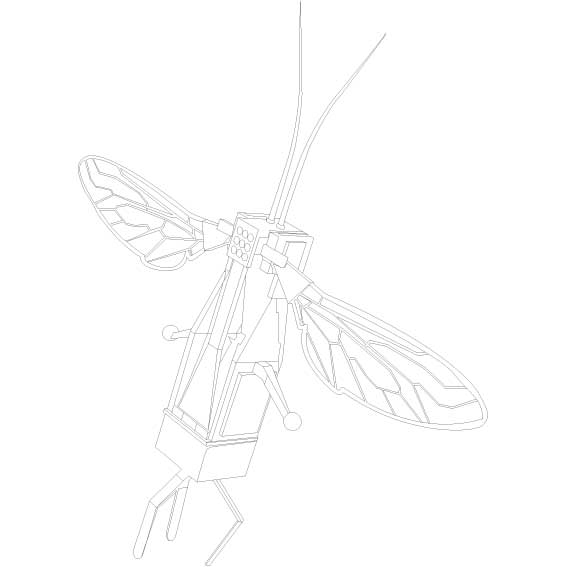After visiting the Koç University in Istanbul last february, I started thinking about links between haptic robotics research, neuroscience and the antenna’s of insects. Receptors, senders and receivers, input and output (but what is happening inbetween?). Stings, pheromones, poison, skin, reactions, multifaceted panoramic vision eyes, antennae with 3000 receptors, electrically charged fur for pollination purposes: examples of high tech nature and high technology. Besides its senses, let’s analyze the circadian rythm of the western honeybee to understand the functioning of the super organism in the best possible way.
Compound eyes with 6.900 small lenses, each representing a pixel in an image. Antennae, responsible for the smell function (in stereo!), 100 times more sensible compared to humans. A tongue that can unfold and extend till half of the body length. Wings beating at 230 times a minute, and folding back to adapt to small holes (in flowers). Mandibles for carrying, pincing, collecting and biting. Feet with hooks and pads. Legs with pollen baskets. And not yet spoken about the superorganisms communication methods. With pheromones (smell), vibrations and the famous waggle dance, the bodylanguage of the bees.
A profound study of the honeybees’ senses is needed if we want to come up with an innovative design that can compete with the sophisticated functioning of the organism.
